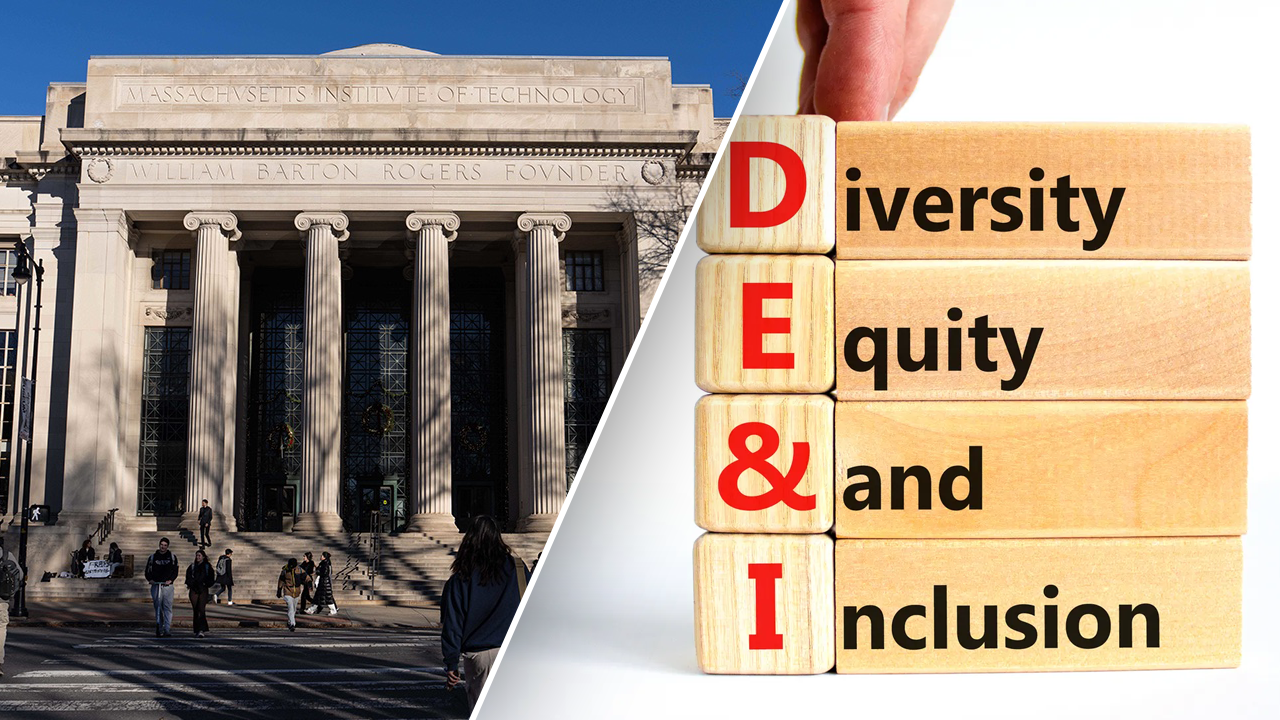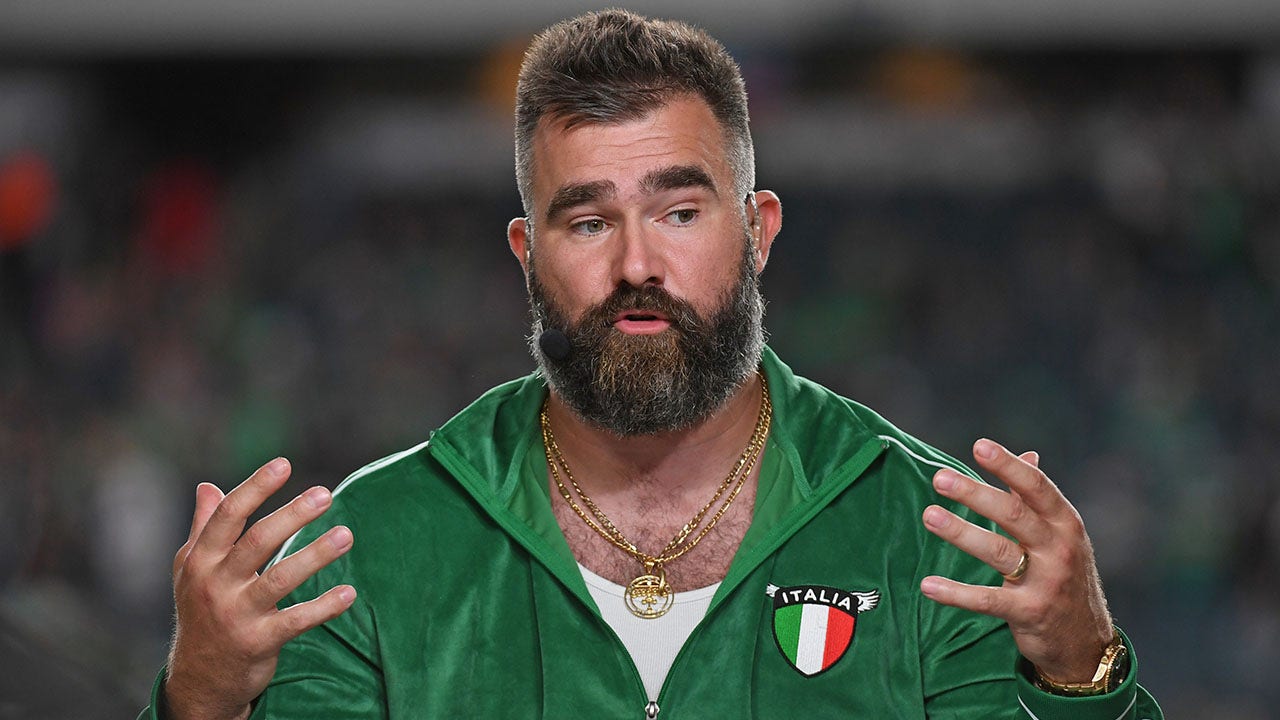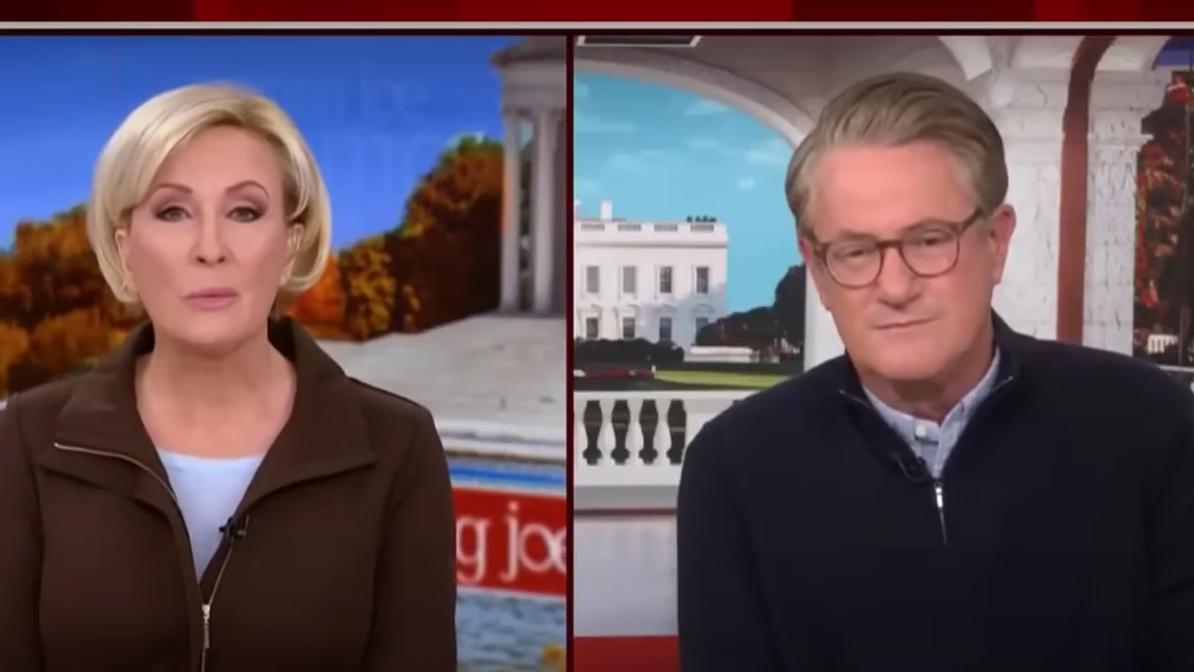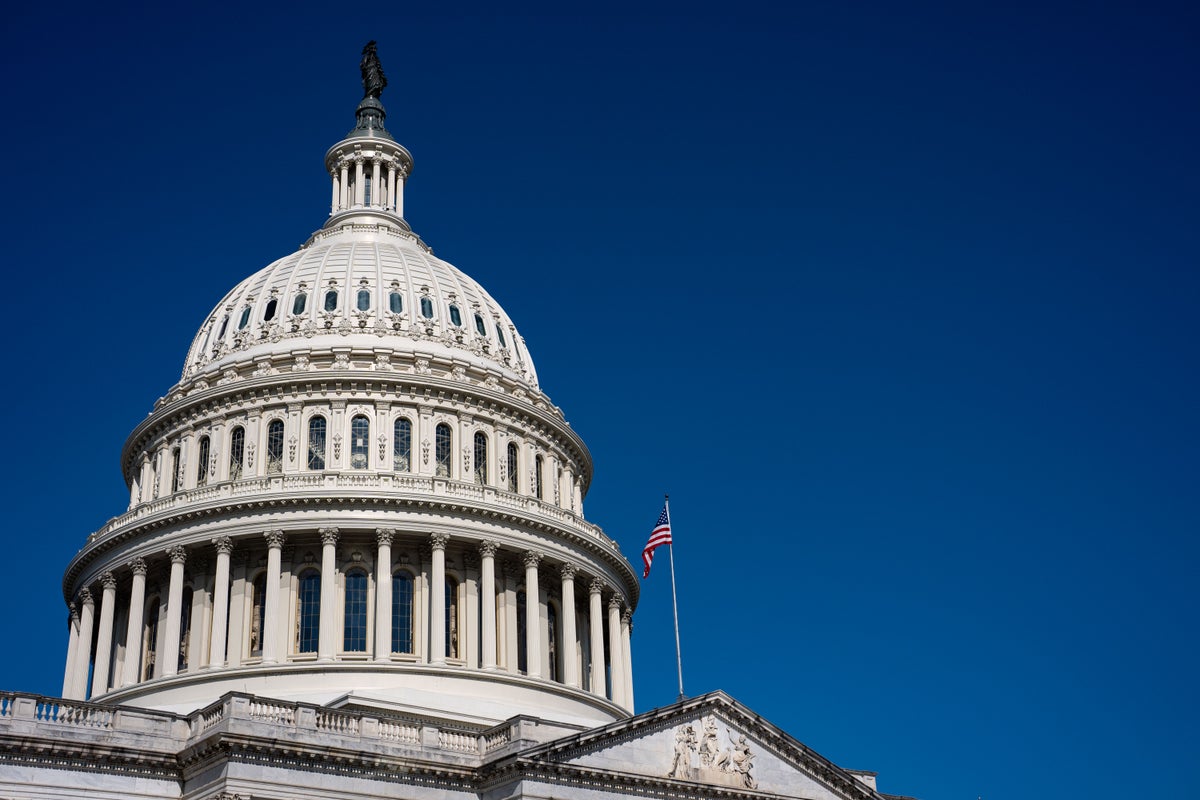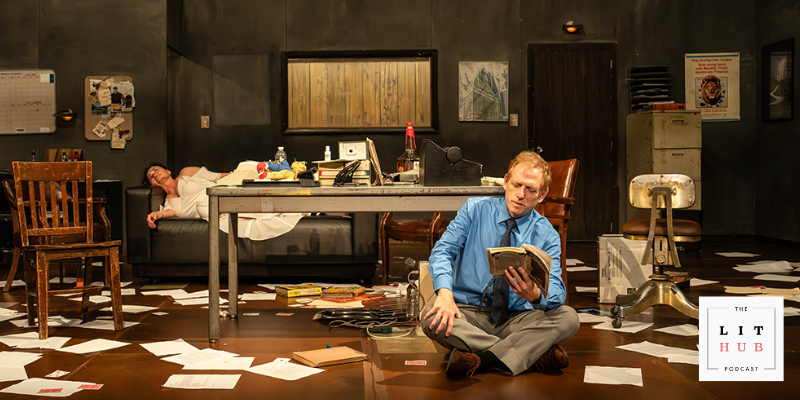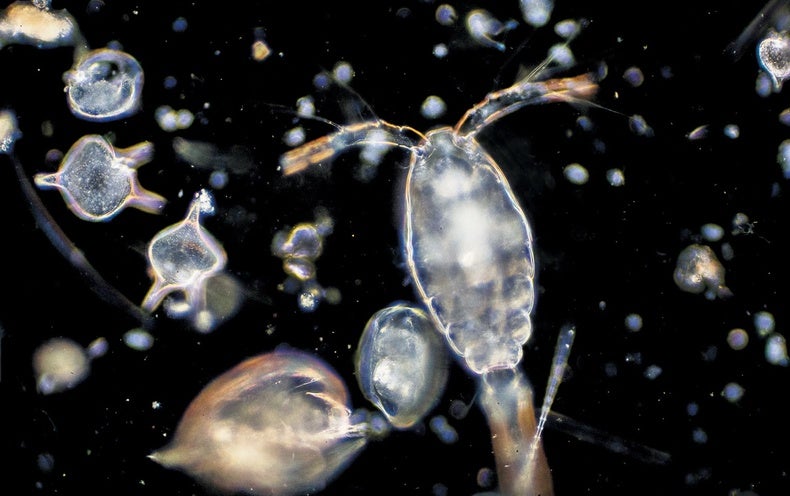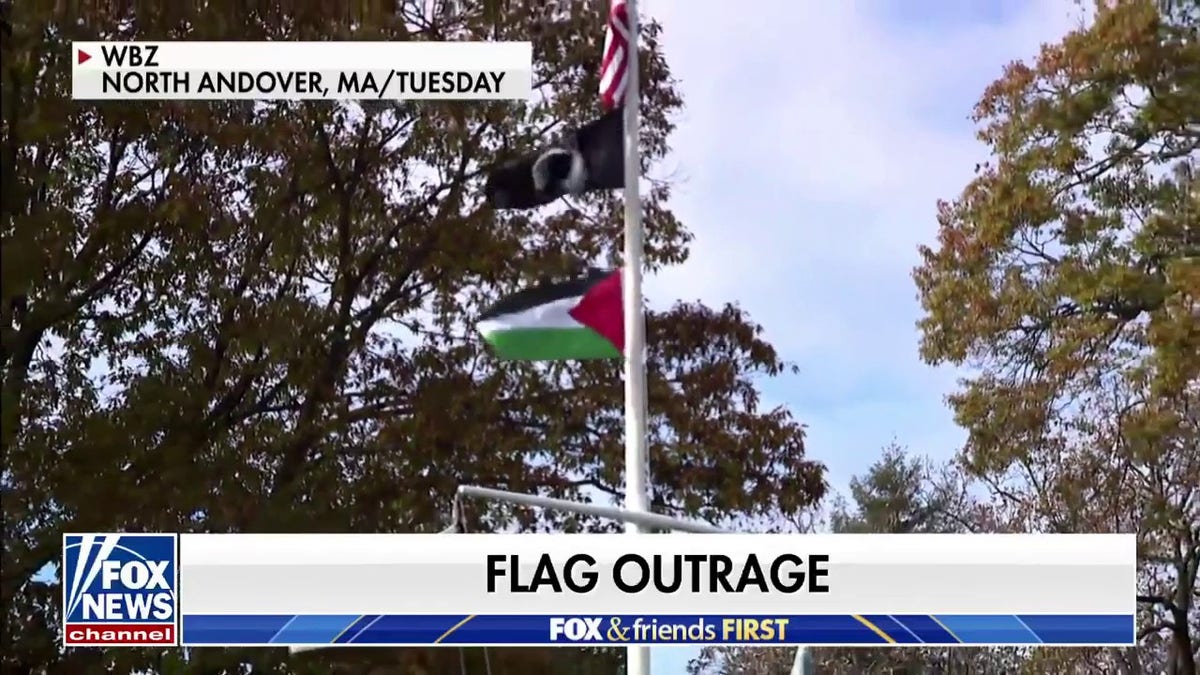When Easter Sunday writer Ken Cheng recalls how the Universal film got to the big screen, the story feels oddly similar to the movie itself: celebrity cameos, narrative turns and lots of food.
“The movie’s origin story starts at a very Asian place — around food. Jo Koy and Dan Lin, the primary producer on the movie, just randomly met at a sushi bar, struck up a conversation and decided they would love to work together,” Cheng tells The Hollywood Reporter. “Sort of simultaneous to that, Steven Spielberg while on break from shooting West Side Story, is just hanging out in his trailer and turns on Jo Koy’s Netflix comedy special and falls in love with it.”
The screenwriter says that soon after, Spielberg emailed the entire Amblin partners and family entertainment staff, expressing his desire to work with Koy, resulting in a meeting between the three.
“Simultaneous to that, I’m part of a production company that began as a dinner party I co-host called Crab Club with Jimmy O. Yang, who’s in the movie, and Jessica Gao, who is the showrunner of She-Hulk,” Cheng explains. “We used to — and we still do — host this dinner party. Whenever the price of Dungeness crab dips below a cheap enough threshold at the Asian supermarket, a text message goes out to a thread like the Avengers to assemble and eat crab together.”
An opportunity for creatives to “commiserate over our shared experiences,” Cheng says the club organically evolved into a creative salon, and one Lin wanted an invite to. After agreeing to host at “his beautiful campus in historic Filipino town” on the promise that he’d pay for the crab, Cheng says Lin introduced him to Koy and they “immediately bonded over our shared Filipino upbringing.”
Next thing Cheng knows he’s in a meeting with Spielberg. “I turned in the first draft of my screenplay on a Thursday afternoon in October 2020 and by Tuesday afternoon Dan Lin calls me personally — something he never does — and says, ‘Ken, I’ve been doing this for 25 years, and I have to tell you, I’ve never gotten a call like the one I just received.’ Mr. Spielberg got the script for lunch that day, read it in a single sitting and greenlit it the same day,” Cheng recounts.
“We’re shooting the movie,” he adds, “due to a series of events that, frankly, I couldn’t have imagined.”
Lin, Koy and Spielberg dropped a house on Cheng’s life and the result was Easter Sunday, the first major studio film led by an all-Filipino ensemble. Directed by Jay Chandrasekhar and loosely based on Koy’s life, the stand-up plays a comedian-actor balancing his aunt Tita Teresa’s (Tia Carrere) and mother Susan’s (Lydia Gaston) Easter Sunday events with a sitcom audition demanding a racist accent; reconnecting with his son, Junior (Brandon Wardell); getting his cousin Eugene (Eugene Cordero) out of trouble with a gangster; and selling boxing legend Manny Pacquiao’s gloves to Lou Diamond Phillips.
“The culture at large tends to view the AAPI experience as this very monolithic thing,” Cheng says of the history of AAPI representation and the chance to center Filipino culture in a major studio movie. “That is not the case though, and the Asian American experience in and working on this movie was not monolithic by any means.”
Speaking to THR, Cheng unpacks how having that breadth of experience — including his own — helped shape the comedy’s narrative, leading to both a culturally specific and universal story about family, fatherhood, Hollywood and more.
Easter Sunday is a family comedy, but you’ve also managed to tuck about three other genres inside of it, between the action-heist element, the meta cabler Hollywood drama plot and the teen rom-com. Why did you want all of those things together?
The short answer to that is it wasn’t my intention to have all three of those genres play such a large part in the storytelling. They were subplots at best when I conceived them. I thought they were fun adventures that our characters could undertake. Jo Koy, our star and lead, has talked about his primary influence or his intention in terms of influences being Friday — which I think is obviously very apt because it’s also a one-day movie. Not on a holiday in their case, but a lot happens over the course of a day. So I always thought that was our starting point. I then added two other comps into the storytelling that I don’t think anybody else would have considered, the first of which was It’s a Wonderful Life, which, to me, is sort of a perfect family movie. Yes. Obviously made in a different time by a different group of filmmakers. (Laughs.) But I wanted to evoke some of the warmth and, frankly, sentimentality that I feel towards the Filipino American community and Daly City, specifically. I thought that movie would lend a little bit of that tone, and that movie as a comp would lend a little bit of that tone to our film as well. The other comp which is a little bit more strange, but if you think about it makes sense, is Wizard of Oz. Joe Jr.’s journey in Daly City as being transported by a tornado to this fantastical place. In my versions of the screenplay, I really wanted to treat Daly City as this place where magical things happen. It’s a style and genre or tone of filmmaking that we don’t often see people of color get to experience and I really wanted to.
Daly City is like a really colorful character in this film and a first introduction, for many, to a historical Filipino American community. There’s an obvious reason for setting the story here, but how did doing that open up storytelling possibilities for you?
Daly City was the first place my family moved to in California upon immigrating to the United States. It was very much my first experience living in the United States, literally and creatively figuratively. So I wanted to imbue our movie with elements of that experience. Hence some of the characters that appear specifically in the Daly City portion of the movie. The thing about Daly City that a lot of people don’t know is that it is the unofficial heart of the Filipino diaspora in America. At one point this small suburb had the most Filipinos per capita in the United States. If you ask a random sampling of Filipino Americans, “Do you have a relative or a friend who lives in Daly City?” chances are the answer is gonna be yes.
So I wanted to give very specific nods to the type of Filipino American culture you can find in Daly City, a lot of which is very much influenced by Black American culture. Specifically like ’90s and early 2000s hip-hop and R&B is the soundtrack in a lot of ways to life in Daly City, to the idea of the action-adventure piece. But I also wanted to imbue the movie with a bit of those magical realist touches through Daly City. From the relatives that Junior meets over the course of the story to the hijinks that Joe and Eugene encounter as a result, it all serves to lead Joe and Junior to very specific character resolutions. For Joe, it’s about reconnecting with the place he comes from and re-establishing his priorities in life. For Junior, it’s about connecting, probably for the first time, with this part of himself that he has never been exposed to or hasn’t had the chance to be connected to because of the lack of a presence from his father.
There’s this nuance and breadth to how you represent fathers — absent, part-time, step — through the film’s comedic and more serious moments. Why did you want to show the diversity of experiences your characters have with fatherhood?
Two reasons. The first is slightly more obvious in that the role of fatherhood in Jo’s life is a very strong theme in his stand-up comedy — the way he relates to his son and the necessity of his career taking him on the road for long stretches of time. How that impacted his relationship with his real teenage son was very moving to me. And in talking to Jo quite a bit and hanging out with him before I started writing, that was a topic that kept coming up as a theme that weighed heavily on his mind. So I wanted to try to honor that in a way. The other less obvious reason is that I’m a new dad myself, or I was at the time I started writing the movie. I started a month into quarantine, so April 2020. I have a daughter who is now three and a half but just turned one. My wife — who also works full-time in a completely different industry — and I were stuck in our house with our infant daughter and no childcare help while trying to work, sharing a dining table as our workstations. My wife has a more typical nine-to-five job and I being the writer in the family who can theoretically write whenever, most of Easter Sunday was written in between my daughter’s naps for the first four months. While my daughter was asleep, I was forced to contemplate the meaning of fatherhood and the things that we do for our children. My own neuroses and anxieties were creeping their way into the screenplay. (Laughs)
Hollywood is increasingly featuring multiracial or mixed-race people in stories, but actually exploring the nuances of their racialized experience versus just casting them is still rare. Easter Sunday really nails elements of this identity experience through Junior. What informed that in your writing?
You know, frankly, a lot of that is due to Jo’s own ethnic makeup. Jo Koy is half-Filipino, half-white. He speaks pretty openly about the fact that his white father sort of disappeared from his life for a long stretch and that he was raised predominantly against the backdrop of his mother’s cultural background, which is Filipino. For me, accessing that meant getting to know Joe in much the same way we were just talking about — imbuing the theme of his relationship with his son and that naturally made its way into the storytelling as well. For me, it’s slightly different. I am not of mixed ethnicity. However, I consider myself tri-cultural now. I was able to access a little bit of that experience. When I say tri-cultural, I mean I’m ethnically Chinese, but my family and my parents, specifically, are from the Philippines. So I am ethnically Chinese but culturally Filipino and if you know anything about what it means to be what’s called Chinoy in the Philippines — being a part of the Chinese diaspora in Southeast Asia specifically — it can be a bit of a fraught experience. So I was able to employ some of that out of my own experience, in the feelings of alienation and disconnection from where you’ve come from and what a struggle it can be to maintain multiple identities.
You really have to be intentional and declarative about who you are, otherwise, you run the risk of having somebody else do it for you. But I think in order to make those kinds of declarative statements about yourself, you have to be in touch with yourself and the aspects of you that make you who you are. I’ve been exposed to some discussion about the making of the film, specifically questioning why an East Asian American writer was chosen to write this very specifically Southeast Asian story, and I’m not defensive about it. I actually welcome those questions and the opportunity to talk about background because I think, oftentimes, we are reduced to reductive or monolithic interpretations of what it means to be Chinese American or what it means to be Filipino American. I am very tangible proof that that is not always the case. As a person who identifies as Chinese, but who can speak Tagalog, that’s meaningful to me to get to tell that story. Because it’s very much a story of my family. A lot of the characters in the movie are named after my own relatives. And the only reason it’s set in Daly City is because I’m the one who grew up in Daly City, and I very intentionally wanted to set the movie there. Hopefully, people will react to all that in a positive way.
This movie is both culturally specific and universal on a number of topics, but certainly in its representation of Catholicism. Why did you want to center the family’s religion the way you did and how did it create that dual storytelling opportunity?
Catholicism is such a deeply embedded facet of both Filipino and Filipino American culture. We can discuss why — the history of colonization — but it to me would feel inauthentic if we didn’t discuss it in a movie called Easter Sunday. The Santo Niño figurine, if you go into a Filipino American household or Filipino household, there is a very strong likelihood you will find one in a place of honor somewhere in the living room or dining room. My mother is Catholic. I grew up Catholic — until I reached a point in my life where I decided I was going to make my own decisions about what I believe — and that was a big part of my upbringing. We had that statue in our living room. I remember very distinctly growing up in the Bay Area in 1989, during the ’89 earthquake. I think I was like 8 or 9 at the point. I remember the earthquake knocking my mom’s Santo Niño statue off its literal pedestal and breaking. I wanted to sort of honor that element of what would be his mom’s household and my personal feelings about the figure. I’m very much a byproduct of American pop culture, and I have been reared to fear porcelain faces. (Laughs.)
You also can’t portray a Filipino American family’s Easter Sunday without at least alluding to the fact that they have to go to Mass in the morning. So I thought that was an opportunity to showcase the family. The first place that you meet just about every member of the family is that church. That’s symbolic for a lot of reasons. A lot of Filipino immigrants when they come to the United States find community within the confines of church. We can debate whether that’s a productive place to form community, but nevertheless, it’s where it happens. So without getting into the virtues or lack of virtue of the Catholic Church in our lives, I wanted to be able to show that this was a place where this specific community can gather, reunite, joke around, laugh, sing and all of those more joyful elements of the immigrant experience. Because that’s another thing I don’t feel like we are exposed to often in immigrant narratives. We get a lot of the noble struggle and I think that holds quite a lot of value. But we don’t often get a lot of the hijinks and joy and laughter that is the immigrant experience. So that was a very intentional piece of storytelling that I wanted to include in this movie and hopefully watching, you get a sense of that. It ties into what I was talking about earlier about revealing bits of magic and fantasy in these environments.
One of Joe’s various plots is trying to land a sitcom despite executives’ desire to see him use a stereotypical accent. But you’ve also got characters with accents in this film, including one using one in the fictional sitcom. What distinction were really you trying to underscore here?
I think it’s important to make a distinction about when accents are used and the context in which they’re used. I say that because I think there is nuance to be found in this conversation, specifically within the AAPI community where it’s such a strong topic of conversation, and frankly, conflict and disagreement. I think the AAPI community has been trained to, for lack of a better term, be ashamed of the accents of our parents and grandparents because the American-born children of this immigrant class have been mocked so many times for their parents’ accents. So I think we have a reflexive desire to be defensive about hearing accents in popular media, and rightfully so in a lot of cases. It is often used for buffoonery and it’s often used for white entertainment. This is a conversation that I had with the head of the studio. To me, there’s a difference between doing an impression of Joe’s mom for the entertainment of his relatives versus what he refuses to do in the audition in the movie, which is performed for a white person’s entertainment.
When he does the impression of his mom in church or he does an impression of a theoretical Filipino God, he’s doing it for a Filipino audience who see their own experiences in that performance. It’s part of the reason he refuses to do it for these executives. He knows why they’re asking him to do it, just like we know when we’re asked to compromise who we are or showcase only certain elements for other people’s entertainment. It’s a choice that I know a lot of my friends who are actors, who are writers and directors have had to wrestle with. It’s a sort of malicious form of code-switching that we’re asked to do and that I hope we are asked to do less of moving forward. I’m kind of cynical, I don’t expect it to go away anytime soon, but that is something that I think was important to highlight. The Hollywood aspects of the movie were less present in previous iterations of the movie, but I think it is important to set that distinction for Joe as a character because this is where he is now. It’s how far he’s gotten from where he comes from. That’s the journey for the character — to reconnect with the help of Lou Diamond Phillips playing Lou Diamond Phillips.
Lou Diamond Phillips has spoken about how he’s played characters outside of his own ethnicity and you made that one of the central points of his comedic cameo. How did you get him to agree to that? Was he involved in shaping it?
The idea of Lou being a character in the movie dates back all the way to the verbal pitch that I made to get this job. The idea for me was that for as long as I can remember — up to apparently the release of this movie — the only people that knew that Lou Diamond Phillips is Filipino were Filipinos. I thought it was long overdue to end the mystery once and for all, to claim Lou for the culture. (Laughs) As I said in the movie, he’s has played Latino numerous times. He has played Native American or Indigenous numerous times. And he’s always been grateful for the roles. He began at a time when there just weren’t — and there still aren’t — parts for where you can play [a Filipino]. Even Tia Carrere, specifically, said this movie is the first time she’s ever been able to play herself, a Filipino American woman. She’s played all varieties of vague Asian that numerous white writers no doubt have written into the parenthetical of a character description. “Hot Asian. Can sing,” is what she said for a specific movie.
But having Lou involved — Lou has been involved at least creatively or theoretically since the very beginning and it was just a blessing of schedule and frankly financing that we were able to get Lou to actually come on board and play a version of Lou Diamond Phillips. It’s that bit of magic and fantasy that I wanted to put into the movie where a fictionalized version of Lou Diamond Phillips would appear as like an astral projection for Joe in his hour of need. There were some Young Guns jokes in the script that I loved that unfortunately got cut. (Laughs.) But Eugene says in the course of the movie, “You were so good in Young Guns, or you were so good in La Bamba and Stand and Deliver. At this point, you have to convince me you’re not Mexican.” I told Lou, if you take offense to anything I’ve written for you, please feel free to change it or we can talk about it. He goes, “No.” That’s the beauty of him as an actor. He very much understands the meta quality of that moment in the movie and the comedy behind it. So I’m glad he appreciated it. I’m glad that joke means something to some people.
Easter Sunday is currently in theaters.
Interview edited for length and clarity.

